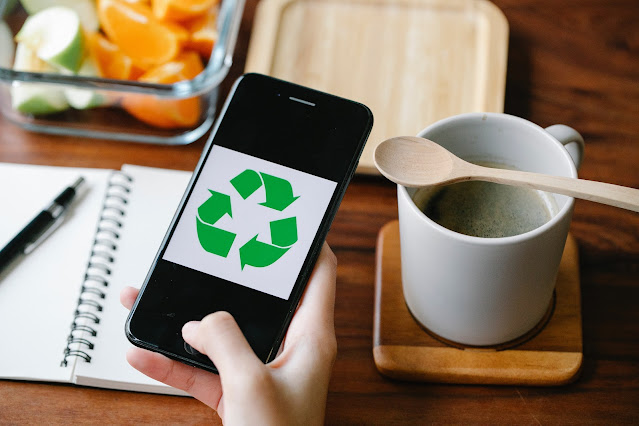You should figure out where to start if you want to green your home or business. Luckily, plenty of eco-friendly materials are easy to find and use. They make great alternatives to the typical non-environmentally friendly materials that have been common in the past.
Whether replacing older items with greener ones or just trying to reduce your environmental impact on purpose, these ten environmentally friendly materials can help you.
1) Bamboo
Bamboo is a sustainable resource that grows quickly and can be used for many products. It's a strong, natural material that's flexible and soft. It's durable enough for flooring, furniture, and even clothing.
Bamboo is trendy because it doesn't need pesticides or fertilizers to grow, which makes it eco-friendly in more ways than one!
2) Cork
Cork is a fantastic eco-friendly material because it is lightweight, highly resistant to fire, and does not absorb water.
It's also great for insulating your home, as corkboard insulation can reduce your energy bill by up to 50%.
3) Wool
Wool is a sustainable material used for clothing, insulation, and more. It's one of the best materials to keep you warm on a cold day because it has natural thermal qualities.
Wool also features natural fire retardant qualities and can help keep your home safe from fires. Plus, wool is biodegradable, so it won't harm the environment when disposed of properly.
4) Linen
Linen is a natural fiber made of flax. It is a sustainable material and one of the most eco-friendly options on the market. Linen has been used for centuries because it is strong, durable, and breathable.
The fibers can absorb up to 20% of their weight in moisture without feeling damp. Plus, linen's natural resistance against bacteria makes it perfect for use in hospitals and hotels. Plus, linen's natural resistance against bacteria makes it ideal for use in hospitals and hotels.
5) Hemp
Hemp is a renewable resource that can be grown and harvested in four months. It's durable, has a low environmental impact, and is biodegradable.
Plus, hemp fabric feels perfect on the skin!
6) Recycled Glass
Glass is a renewable resource and can be recycled indefinitely. It is also one of the most versatile materials, so it's not surprising that it has so many different uses.
7) Recycled Plastic
Using recycled plastic in your company's packaging can reduce your carbon footprint. This is a good idea because it reduces the need for new plastics and makes tracking what's being used easy.
Recycled plastic is also fantastic because it can be reused repeatedly, whereas other plastics are only used once before being thrown away.
8) Rubber
Rubber is a term that encompasses many materials, including natural rubber, synthetic rubber, and reclaimed rubber. It is often used to produce tires and other items that require flexibility and durability.
9) Tree Pulp
Tree pulp is a biodegradable and renewable material used to produce paper, packaging materials, textiles, and other products.
It's made from the ground-up fibers found in trees and is often used as an alternative to plastic.
10) Mycelium
Mycelium is a fungus that can be used as an eco-friendly alternative to plastic. It's made from the roots and mycelia of mushrooms and is commonly found in soil.
As such, it's unsurprising that this material has often been used as an additive in natural building materials like cement or stucco. There are many advantages of using mycelium for construction.
